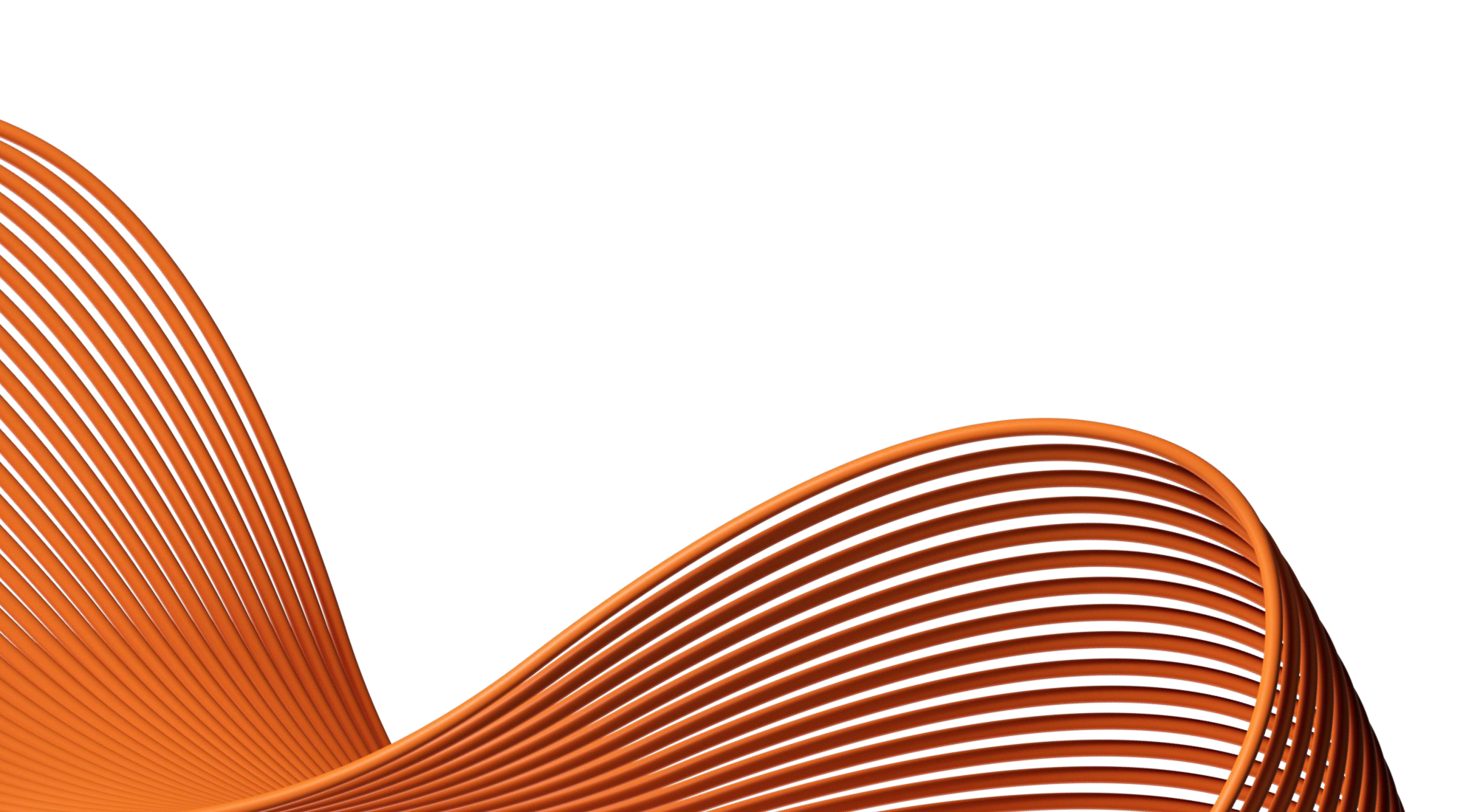- Our Products
- Upper Extremity
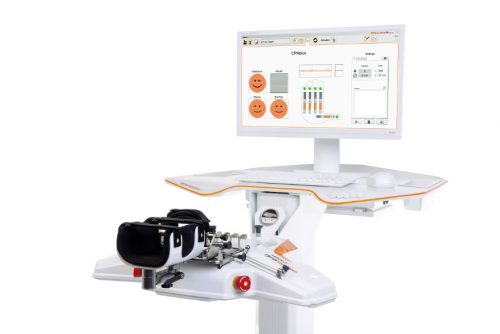 Amadeo Finger-Hand-Rehabilitation
Amadeo Finger-Hand-Rehabilitation
Amadeo is giving hands back their grip and fingers their finesse. Patients who are barely able or unable to grasp can perform hundreds of robot-assisted grasping movements. It won’t train a new Mozart. But it will help patients return to the piano, handwriting Christmas cards, and grabbing life firmly by the horns.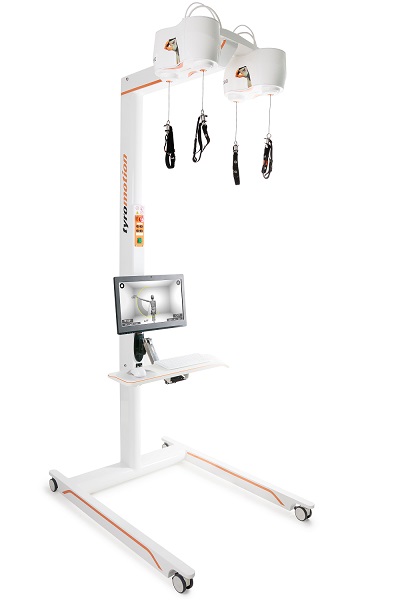 DiegoShoulder-Arm-Rehabiliation
DiegoShoulder-Arm-Rehabiliation
Diego is designed to strengthen what’s important. Whether proximal or distal training, Diego purposefully supports the rehabilitation of natural motion, allows the handling of everyday objects to be relearned, and is usable by adults and children alike.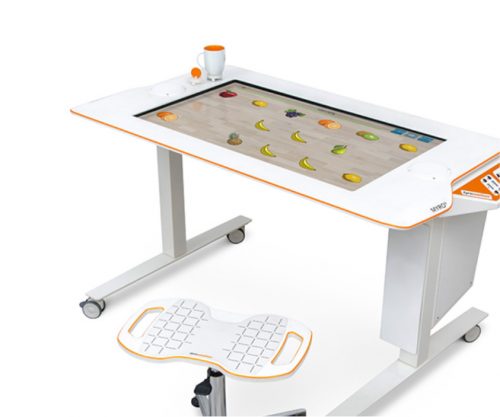 Myro Interactive and task-specific therapy
Myro Interactive and task-specific therapy
Myro is made for making humans get better! The sensor-based surface enables task-oriented rehabilitation with real objects, trains the patient’s cognitive abilities, and improves motor abilities of the upper extremity.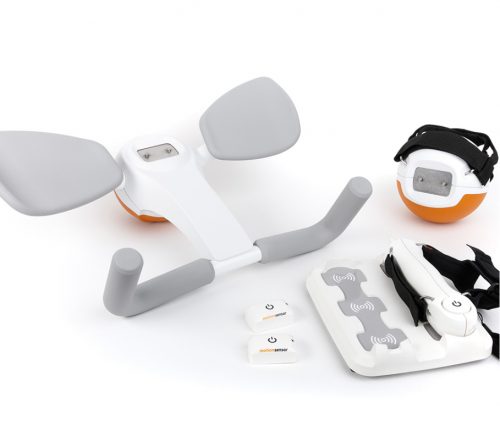 Pablo Upper Extremity Rehabilitation
Pablo Upper Extremity Rehabilitation
As a multifunctional rehabilitation device with comprehensive accessories, Pablo enhances classical therapy exercises with biofeedback, objective assessments, and gamification. It won´t train the next Picasso. But it will help patients to take back control of their lives.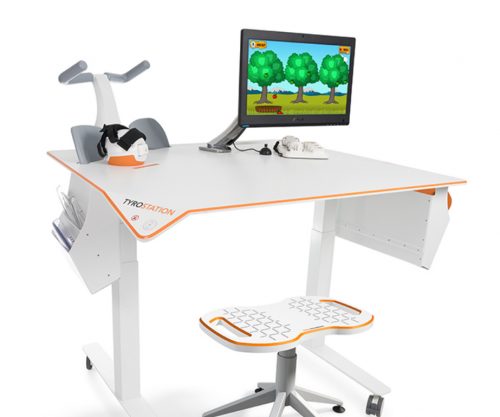 Tyrostation The perfect therapy setting
Tyrostation The perfect therapy setting
The Tyrostation is home to all components of Pablo and Tymo and provides ergonomic adaptability for patients. Sometimes, it´s about the little things in life – or therapy.
- Lower Extremity
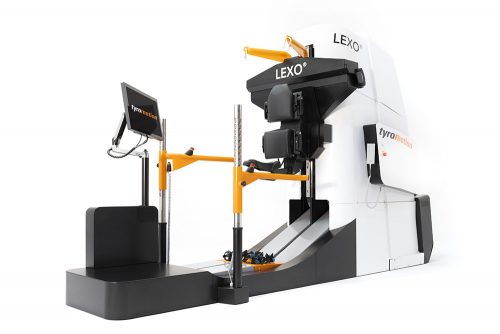 LexoGait and Locomotion
LexoGait and Locomotion
Lexo is a revolutionary gait trainer and impresses with fast setup, high patient activity and optimal trunk support. It encourages active participation and enables therapists to focus fully on their patients.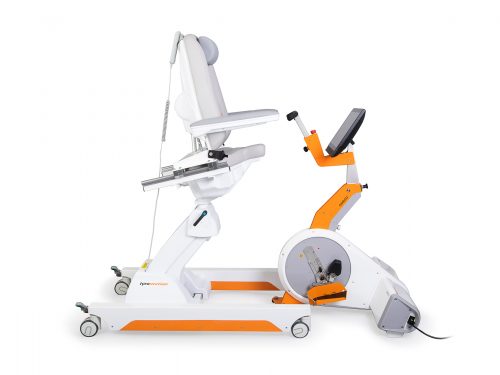 Omego Plus Gait training for the goals across all phases
Omego Plus Gait training for the goals across all phases
More than just a therapy bike! Omego Plus combines uni- and bilateral leg training, leg press, stepper, cycling & foot lift training in one device. Stride stronger with Omego Plus!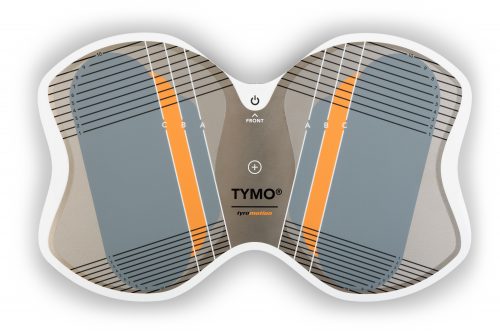 Tymo Balance training and postural control
Tymo Balance training and postural control
Small but powerful! Tymo is a versatile measurement and therapy system for the whole body. In addition to the standing position, Tymo offers a wide range of options for maximum variety during therapy.
- MTT-Line
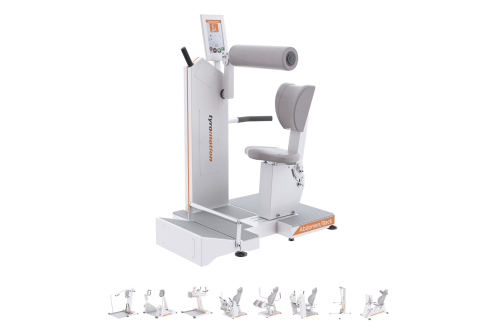 MTT-LineMedical training therapy
MTT-LineMedical training therapy
Get back in the game with the MTT-Line! The Medical Training Therapy devices are specifically designed to strengthen the six major muscle groups of the human body. Barrier free and maximum adjustability make the devices accessible for all types of patients.
- Software
 Maya Therapy Platform
Maya Therapy Platform
Maya reduces paperwork, standardizes documentation, and automates reporting, making administration effortless and efficient. Designed for therapists to work wonders!
- Upper Extremity
Health
Spinal cord injury (SCI): When brain and body no longer communicate
29. November 2022 ● 4 min. Reading time
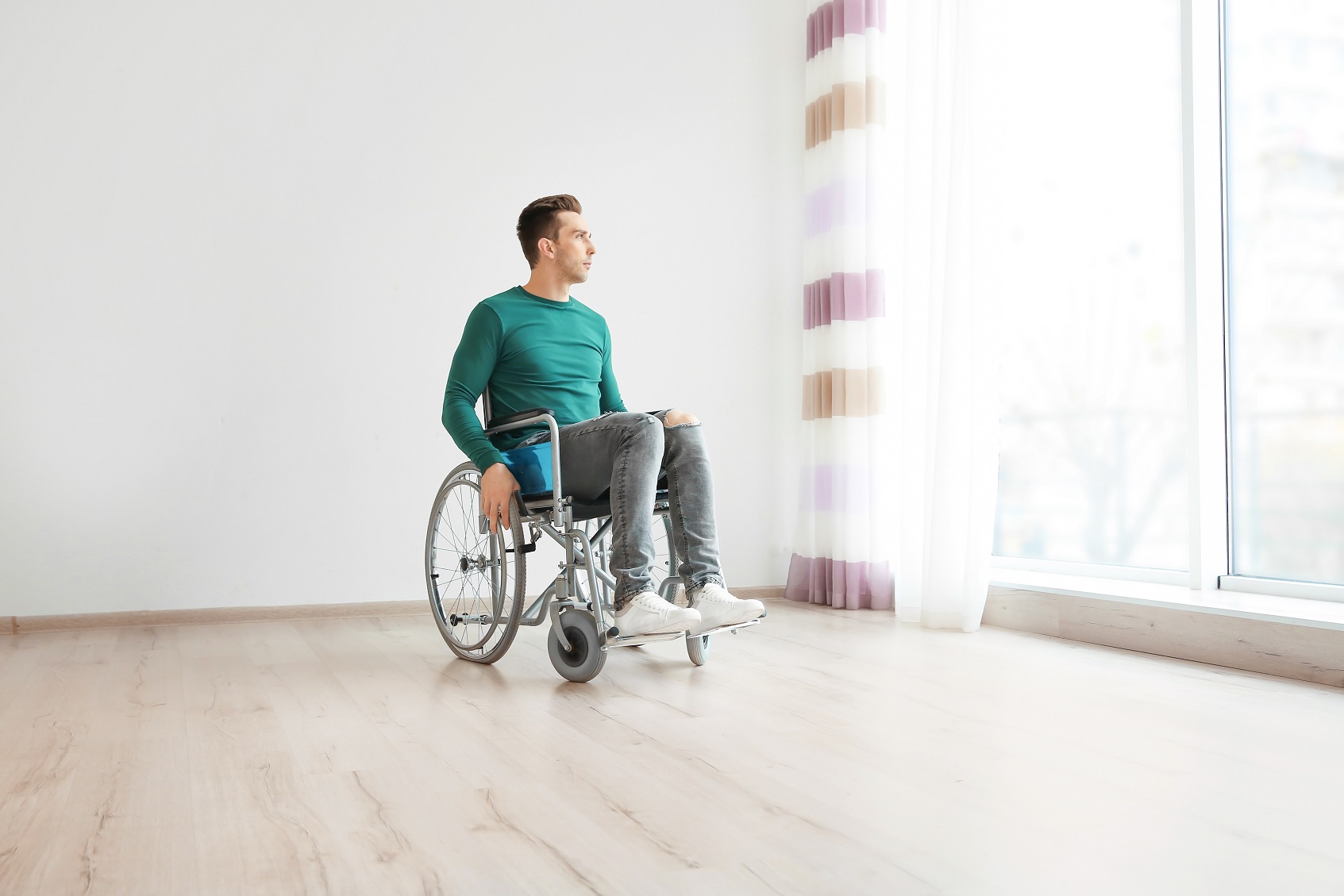
What happens in an SCI?
The spinal cord is part of the central nervous system. It transmits information from the brain to the body. In simple terms – the brain issues a command, the spinal cord transmits and shapes that command, and the body carries it out.
A similar thing happens with stimuli: When someone touches our shoulder from behind, nerve fibers transmit this sensory information to the brain via the spinal cord. The brain issues the command “turn around.”
If the spinal cord is injured, transmitting nerves can no longer perform their functions. Signals from the brain (efferent) to the body and/or from the body to the brain (afferent) are transmitted only in part or not at all.
If motor nerve fibers are affected, the results are various forms of weakness or paralysis. If sensory fibers are affected, sensations like pain, pressure, or temperature are dulled or not felt at all.
The result of partial or complete spinal cord damage is called paraplegia (if only the torso and legs are affected) or tetraplegia (if the torso, arms, and legs are affected).
Complete vs. incomplete paralysis
In a complete spinal cord injury, the spinal cord is damaged so severely that any function or sensation below the injury site stops. The affected body regions are paralyzed.
In an incomplete spinal cord injury, the spinal cord is usually bruised or contused. Some residual motor and sensory capabilities are maintained. The location and the severity of the injury determine which impairments occur and how severe they are.
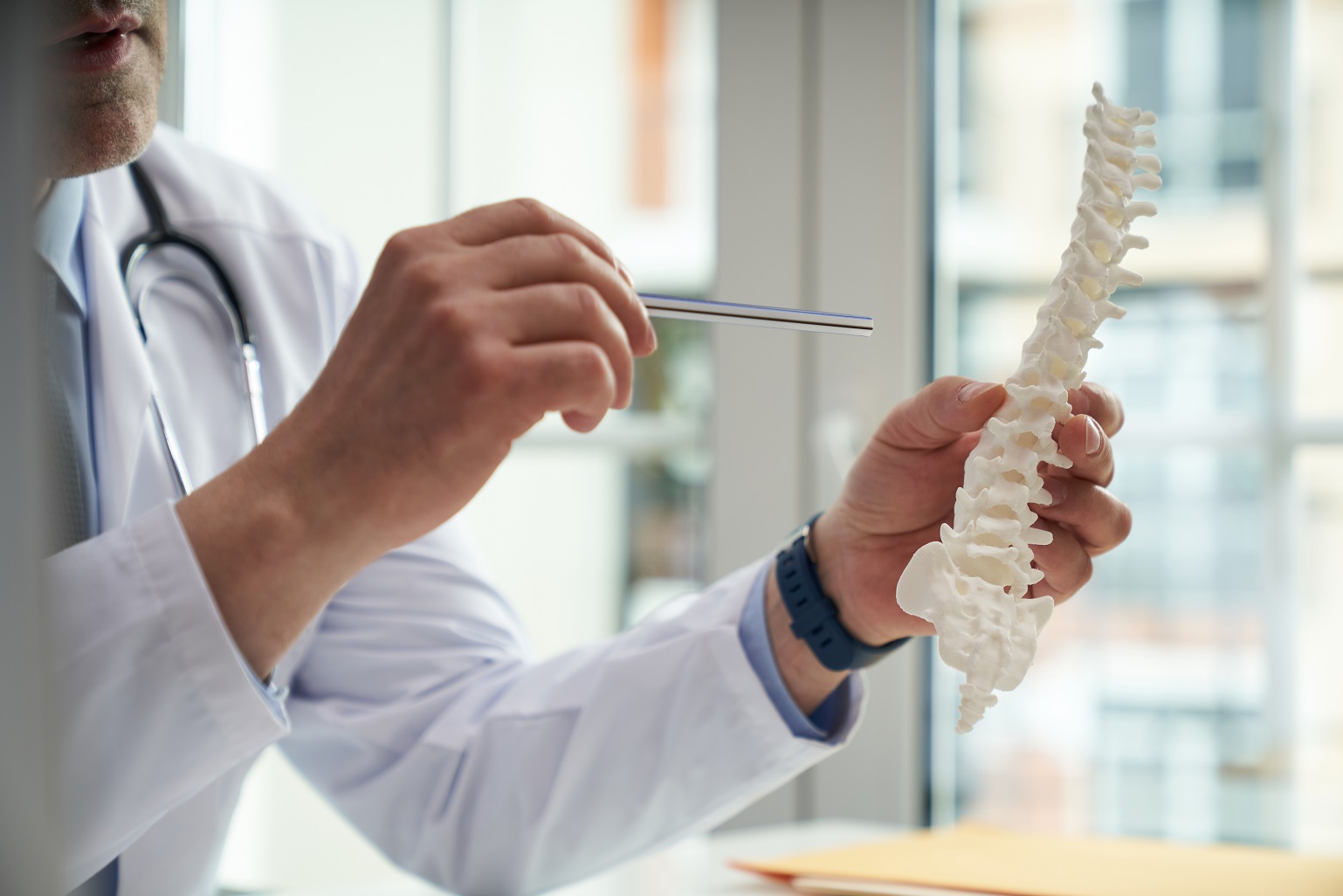
SCI: Location is key
The closer the damage to the spinal cord is to the head, the more extensive the consequences are for the patient.
Spinal cord injuries along the cervical spine are particularly catastrophic. Injuries at the first thoracic nerve and above (C1-T1) affect the arms, legs, and torso. Some patients with injuries to the uppermost cervical spinal cord (C1-C4) will depend on ventilation devices. Cervical spinal cord injuries result in tetraplegia (paralysis of arms, legs, and torso, or complete tetraplegia) or tetraparesis (weakness of the arms, legs, and torso, or incomplete tetraplegia).
If the injury occurs between the second and twelfth thoracic nerves (T2-T12), the patient retains use of their arms and hands and has limited control of their torso. The legs are fully or partially paralyzed. This is called paraplegia (paralysis of the torso and legs, or complete paraplegia) or paraparesis (weakness of the torso and legs, or incomplete paraplegia).
If the spinal cord injury occurs along the lumbar spine (L1-L5), the patient retains limited control of the hips and legs. Some patients may be able to cover short distances using walking aids, even if the injury is severe or complete.
Injuries in the sacral area (S1-S5, between the pelvis and coccyx) reduce the function of hips, legs, ankles, and feet. However, these patients are usually able to walk and climb stairs independently, likely with some bracing and/or walking aids.
Consequences of a spinal cord injury
Any spinal cord injury is a major event with various consequences. In addition to paralysis, patients may also experience problems with autonomic functions such as digestion, defecation, circulation, temperature regulation, and sexual functions.
There is also a risk of additional complications such as spasticity, excessive reflexes, pressure sores or bedsores, increased risk of infection, and osteoporosis.
The social, financial, and psychological effects of living with a disability are often not discussed. The entire social network around the patient and the patient him- or herself must learn how to handle the new situation. Housing, transportation, leisure activities, and mobility are affected. Professional help can be invaluable support for getting used to a new life.
Rehabilitation after an SCI
Every spinal cord injury is unique, which means that rehabilitation differs from patient to patient. The main goals in the early stages are stabilizing vital body functions like breathing and circulation.
After the acute phase, the patient is usually referred to a rehabilitation institution where a team of physicians, PTs, OTs, nurses, psychologists, social workers, and nutritionists look after the patient. Depending on the severity of the limitations, the goal is ultimately to enable the patient to lead as independent a life as possible.
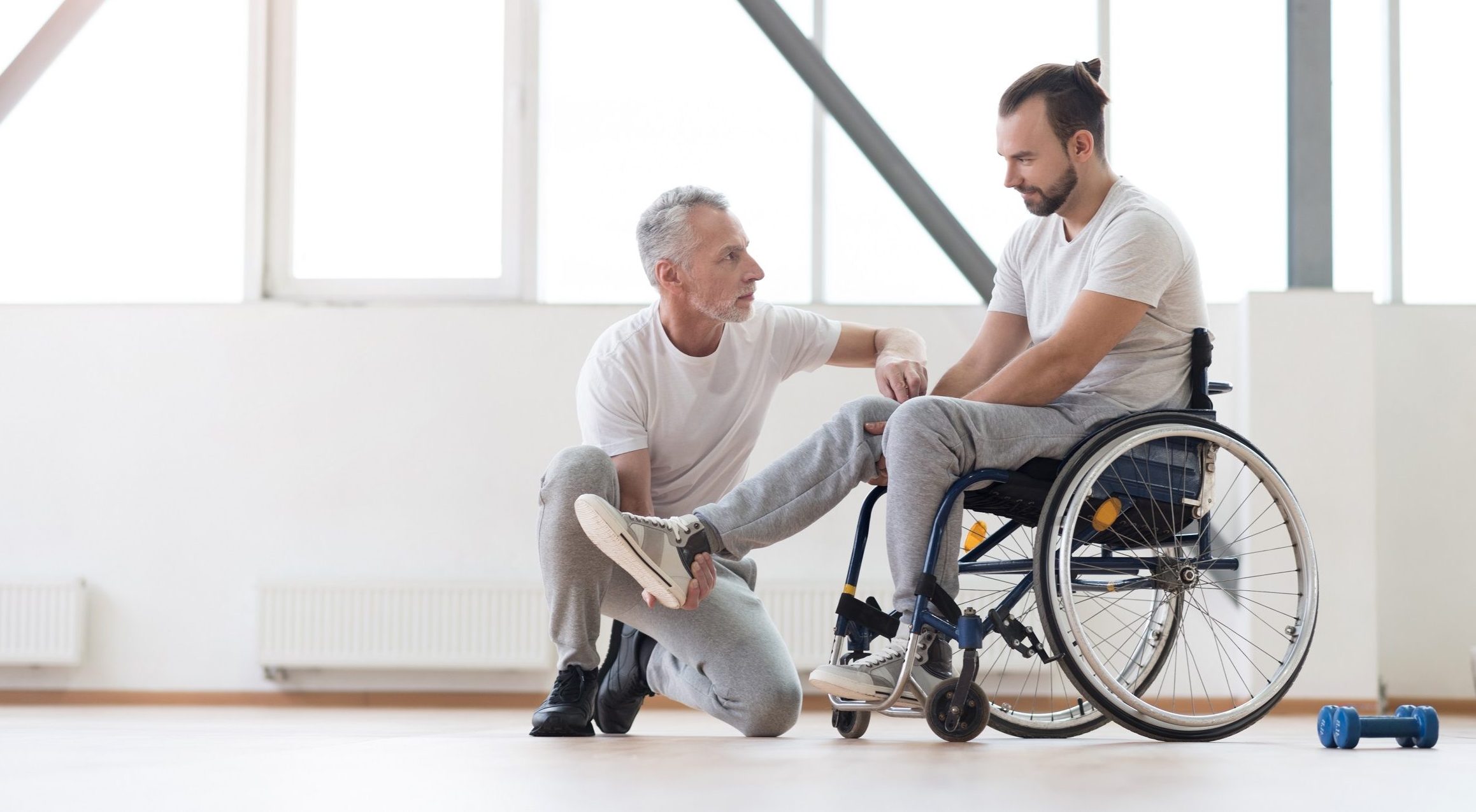
Rehabilitation after a spinal cord injury focuses on the following areas for the patient:
- Maintaining and strengthening existing muscle function and recovery of gross and fine motor function through occupational and physical therapy, medical training therapy, and technology-based therapy
- Learning strategies for coping with everyday tasks
- Using aids to increase independence and mobility
- Learning about and preventing secondary complications
- Receiving counseling and support in managing the new life situation (home environment, school, work, leisure activities, etc.)
As of today, there is no cure for spinal cord injuries. However, it is known that injured nerve cells in the spinal cord are capable of regeneration. Based on this, science and technology are well on their way to offering patients ever more independent lives and one day finding a cure for spinal cord injury.
Sources:
De Gruyter, W. (2017). Pschyrembel. Klinisches Wörterbuch. 267. Auflage. Berlin / Boston
Gratzl O, Merlo A, Rückenmarksverletzungen, in: Siewert J R, Chirurgie, Springer Medizin Verlag Heidelberg; 2006. 203-204.
You might also be interested in
4. April 2023
Health
Rehabilitation
Stroke nutrition guidelines for optimal health
Nutrition as the key part in health and well-being of stroke survivors A healthy, balanced …
21. March 2023
Rehabilitation
Kinesio taping in neurology as a useful therapy supplement
The Kinesio tape and its usefulness in neurological therapy What was originally known only from …
7. March 2023
Rehabilitation
Exercises against freezing of gait in Parkinson’s disease
When the legs freeze – how does the symptom “Freezing of Gait” manifest itself? Parkinson’s …



 Contact
Contact 

 Contact
Contact 